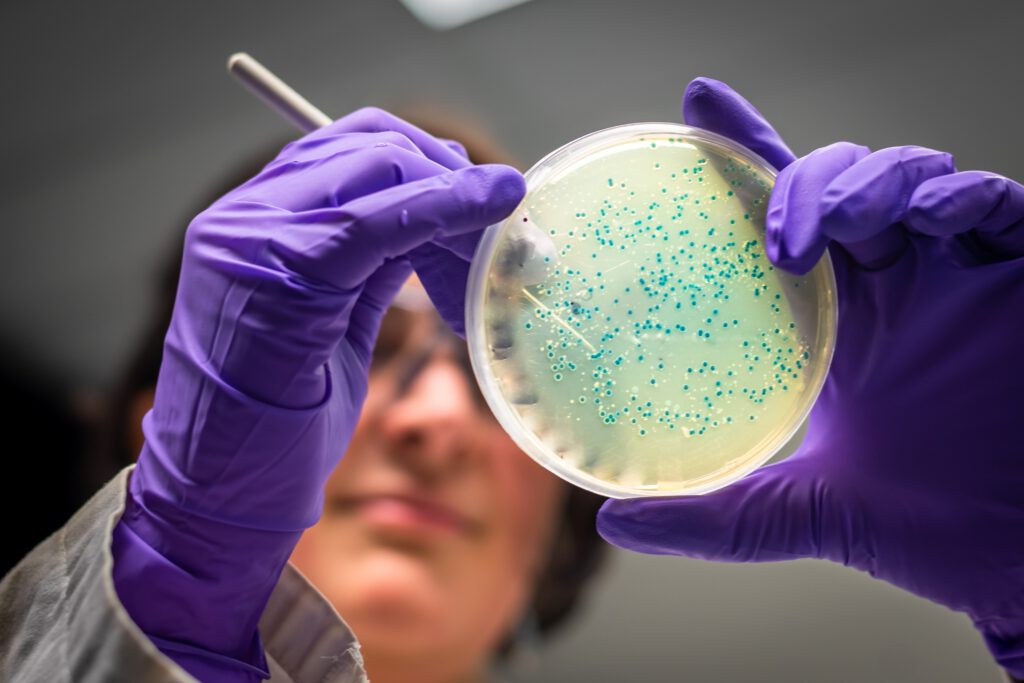Legionella servicing is a critical aspect of maintaining water systems to prevent the proliferation of Legionella bacteria, which can cause Legionnaires’ disease. Understanding the legal requirements surrounding Legionella testing is essential for businesses and property owners to ensure compliance with health and safety regulations.
Legionella testing requirements and cooling tower Legionella testing requirements are key considerations for organizations to safeguard public health and mitigate the risk of Legionella contamination.
Is Legionella Testing a Legal Requirement?
When it comes to testing for Legionella bacteria, there is not an upfront defined legal requirement for testing. However, there are governing bodies such CMS, OSHA, and the CDC that provide guidance to mitigate downstream risks to a facility.
The legal implications of not testing a facility for Legionella can vary depending on the jurisdiction, industry standards, and specific circumstances. However, there are several potential consequences that businesses or property owners may face for failing to adequately address the risk of Legionella contamination:
- Health and Safety Violations: In many jurisdictions, there are health and safety regulations that require employers or property owners to assess and control the risk of exposure to Legionella bacteria. Failing to comply with these regulations could result in citations, fines, or other penalties imposed by regulatory authorities.
- Civil Liability: If someone becomes ill or dies due to Legionella exposure on the premises, the business or property owner may face civil lawsuits for negligence. Failure to conduct Legionella testing and implement appropriate control measures could be seen as a breach of duty of care, potentially leading to financial liability for damages.
- Criminal Charges: In extreme cases where negligence or willful disregard for public health is evident, criminal charges may be pursued against responsible parties. This could result in fines, imprisonment, or other legal sanctions.
- Reputation Damage: Even if legal action is not taken, the reputation of the business or property owner could suffer as a result of a Legionella outbreak. Negative publicity and public perception of inadequate safety measures could harm the organization’s image and credibility.
- Regulatory Remedies: Regulatory authorities may require corrective actions to address the risk of Legionella contamination, such as implementing control measures, conducting testing, and remediation efforts. Failure to comply with these requirements could lead to further enforcement actions or penalties.
Among healthcare facilities, the Centers for Medicare and Medicaid Services (CMS) issued a memo to healthcare facilities (Hospitals and Long-term care) to reduce Legionella growth risk to prevent cases and outbreaks of Legionnaires’ disease by their memo issued in 2017. This is a requirement of healthcare facilities that receive funding for both Medicare and Medicaid patients and residents in their care.
Under the CMS regulatory body: “CMS expects Medicare and Medicare/Medicaid certified healthcare facilities to have water management policies and procedures to reduce the risk of growth and spread of Legionella and other opportunistic pathogens in building water systems.” So both hospitals and long-term care facilities are required to have ANSI/ASHRAE Standard 188 compliant water management plans and follow the CDC toolkit. For hospitals that seek or maintain certification by the Joint Commission (JC), a new requirement was issued in 2022 for water management programs to minimize pathogenic biological agents in cooling towers, domestic hot and cold water systems and other aerosolizing water systems. This is now a measure that is factored into JC certification.
Facilities that are non-healthcare in nature fall under OSHA guidance. Just as with healthcare facilities, there is not a defined upfront legal requirement, but the consequences for not mitigating Legionella risk in the building will compound as indicated in the OSHA web page on this topic.
Overall, the legal implications of not testing a facility for Legionella can be significant, ranging from financial penalties to reputational damage and potential legal liability. It’s crucial for businesses and property owners to understand and comply with relevant regulations and industry best practices to mitigate the risk of Legionella contamination and protect public health.
How Often Should Cooling Towers be Tested for Legionella?
The frequency of Legionella testing for cooling towers may vary depending on factors such as the type of facility, local regulations, and risk assessments. Cooling towers are known to harbor Legionella bacteria, posing potential health risks if not adequately controlled. Regular Legionella testing should be in place to monitor and mitigate these risks. Facilities with higher risk factors, such as healthcare facilities or those located in areas with a history of Legionnaires’ disease outbreaks, may require more frequent testing.
While there are no universally accepted numerical standards for Legionella levels in cooling towers, guidelines from organizations such as the American Society of Heating, Refrigerating and Air-Conditioning Engineers (ASHRAE) provide recommendations for managing Legionella risks. ASHRAE Standard 188 emphasizes the importance of implementing a comprehensive water management plan for cooling towers, including regular monitoring and testing for Legionella.
Regulatory requirements regarding Legionella testing for cooling towers also vary by jurisdiction. Some authorities may mandate specific testing frequencies or require facilities to implement water management plans that include regular Legionella testing.
Determining how often cooling towers should be tested for Legionella involves considering acceptable levels of Legionella, Legionella testing requirements, and facility-specific factors. By adhering to industry guidelines, and regulatory requirements, and implementing comprehensive water management plans, facilities can effectively manage Legionella risks and safeguard public health.
Can I do Legionella Testing Myself?
Legionella testing can be performed by individuals at a facility using a proper Legionella testing kit, however, there are important considerations to keep in mind.
Legionella testing kits typically provide users with the necessary materials and instructions to collect water samples from their water systems. These samples are then sent to a laboratory for analysis, where professionals use specialized equipment and techniques to detect Legionella bacteria.
While using a Legionella testing kit may seem straightforward, obtaining accurate and reliable results requires proper sampling techniques and adherence to testing protocols. Improper sample collection or handling can lead to false-negative results, potentially overlooking the presence of Legionella bacteria.
Additionally, interpreting test results can be complex, as they may vary depending on factors such as water temperature, disinfection practices, and the presence of other microorganisms. Without the expertise and experience of trained professionals, it can be challenging to accurately assess the risk of Legionella contamination based on test results.
While Legionella testing kits offer a convenient option for initial screening, it is recommended to engage qualified professionals or certified laboratories for comprehensive Legionella testing. These professionals have the necessary training and equipment to ensure accurate results and provide valuable insights into mitigating the risk of Legionella contamination.
For accurate and reliable results, it’s advisable to seek the expertise of qualified professionals who can perform thorough Legionella testing and provide actionable recommendations to safeguard public health.
What is the Most Accurate Test for Legionella?
When it comes to identifying Legionella bacteria in water systems, selecting the most accurate test is crucial. There are multiple Legionella testing methods available, each with its own set of advantages and considerations.
Culture-Based Methods: Culture-based methods are widely regarded as the gold standard for Legionella testing. This approach involves collecting water samples and culturing them in a laboratory environment to encourage the growth of Legionella bacteria. After an incubation period, trained technicians can identify and quantify Legionella colonies using microscopy or biochemical tests. While culture-based methods are highly accurate, they can be time-consuming, typically taking several days to yield results.
Polymerase Chain Reaction (PCR): PCR-based methods offer a rapid and sensitive alternative to culture-based techniques. PCR works by amplifying specific DNA sequences of Legionella bacteria present in water samples. This allows for the rapid detection and quantification of Legionella DNA. PCR tests can provide results within hours and are particularly useful for detecting low levels of Legionella. However, PCR-based methods may require specialized equipment and expertise.
Legal Compliance and Innovative Solutions with IWC Innovations
Understanding the legal requirements and implications of Legionella testing is pivotal for businesses and property owners, highlighting the need for comprehensive solutions like those offered by IWC Innovations. While direct legal mandates for Legionella testing may vary, guidance from entities such as CMS, OSHA, and the CDC serves to mitigate downstream risks to facilities.
Failure to address Legionella risks adequately can lead to severe consequences, ranging from health and safety violations to reputational damage and regulatory remedies. Particularly, healthcare facilities must adhere to CMS requirements, necessitating ANSI/ASHRAE Standard 188 compliant water management plans and CDC toolkit adherence for Legionella management.
Cooling towers, recognized as potential Legionella reservoirs, demand routine testing to monitor and mitigate risks. ASHRAE Standard 188 underscores the significance of robust water management plans, including Legionella testing, while regulatory requirements for cooling tower testing may vary by jurisdiction.
Determining Legionella testing frequency for cooling towers involves considering facility type, local regulations, and risk assessments. Although no universal numerical standards exist for Legionella levels in cooling towers, adherence to industry guidelines and regulatory requirements is critical for effective risk management.
While Legionella testing kits offer initial screening convenience, engaging qualified professionals or certified laboratories, as promoted by IWC Innovations, ensures accurate and reliable results. Both culture-based and PCR-based methods are commonly employed for Legionella testing, each with distinct advantages.
In summary, by embracing industry best practices, regulatory compliance, and comprehensive water management plans, facilities can effectively manage Legionella risks. Incorporating solutions from IWC Innovations further enhances risk mitigation, safeguarding public health and ensuring legal compliance.




